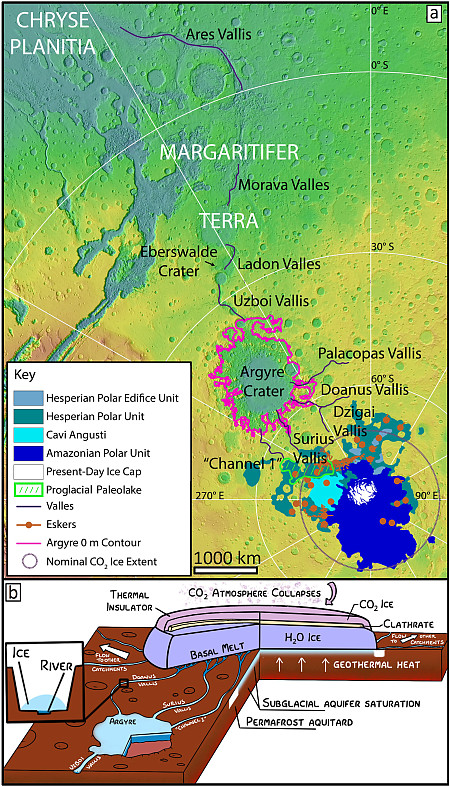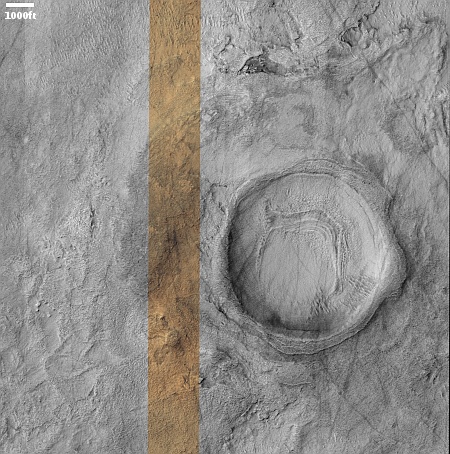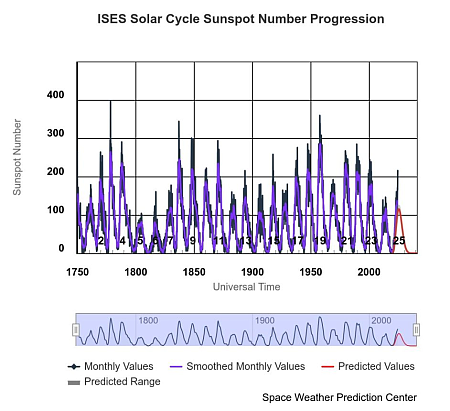Another model proposed for explaining flowing liquid water in the distant Martian past

Click for full resolution graphic.
A new model has now been proposed for explaining how liquid water could have once flowed on Mars and created the many channels and river-like features geologists see today.
This new theory posits that the carbon dioxide in the atmosphere, once thicker, fell as snow to bury water ice on the surface near the poles, where that ice then melted from pressure and heat from below to flow underground and then out into lower latitudes.
The paper, led by Planetary Science Institute Research Scientist Peter Buhler, describes how 3.6 billion years ago, carbon dioxide froze out of Mars’ atmosphere and deposited on top of a water ice sheet at the poles, insulating heat emanating from Mars’ interior and increasing the pressure on the ice. This caused roughly half of Mars’ total water inventory to melt and flow across its surface without the need for climatic warming.
The graphic to the right is figure 1 from Buhler’s paper. It shows this process in the south pole, flowing north through Argyre Basin and along various now meandering channels to eventually flow out into the northern lowland plains. In every case Buhler’s model posits the water flowed in “ice-covered rivers” or “ice-covered lakes”, the ice protecting the water so that it could flow as a liquid.
This model confirms once again my impression that the Mars planetary community is increasingly considering glaciers and ice as a major past factor in shaping the planet we see today. This model suggests liquid water under ice, but it still remains possible that ice alone could have done the job.

Click for full resolution graphic.
A new model has now been proposed for explaining how liquid water could have once flowed on Mars and created the many channels and river-like features geologists see today.
This new theory posits that the carbon dioxide in the atmosphere, once thicker, fell as snow to bury water ice on the surface near the poles, where that ice then melted from pressure and heat from below to flow underground and then out into lower latitudes.
The paper, led by Planetary Science Institute Research Scientist Peter Buhler, describes how 3.6 billion years ago, carbon dioxide froze out of Mars’ atmosphere and deposited on top of a water ice sheet at the poles, insulating heat emanating from Mars’ interior and increasing the pressure on the ice. This caused roughly half of Mars’ total water inventory to melt and flow across its surface without the need for climatic warming.
The graphic to the right is figure 1 from Buhler’s paper. It shows this process in the south pole, flowing north through Argyre Basin and along various now meandering channels to eventually flow out into the northern lowland plains. In every case Buhler’s model posits the water flowed in “ice-covered rivers” or “ice-covered lakes”, the ice protecting the water so that it could flow as a liquid.
This model confirms once again my impression that the Mars planetary community is increasingly considering glaciers and ice as a major past factor in shaping the planet we see today. This model suggests liquid water under ice, but it still remains possible that ice alone could have done the job.























